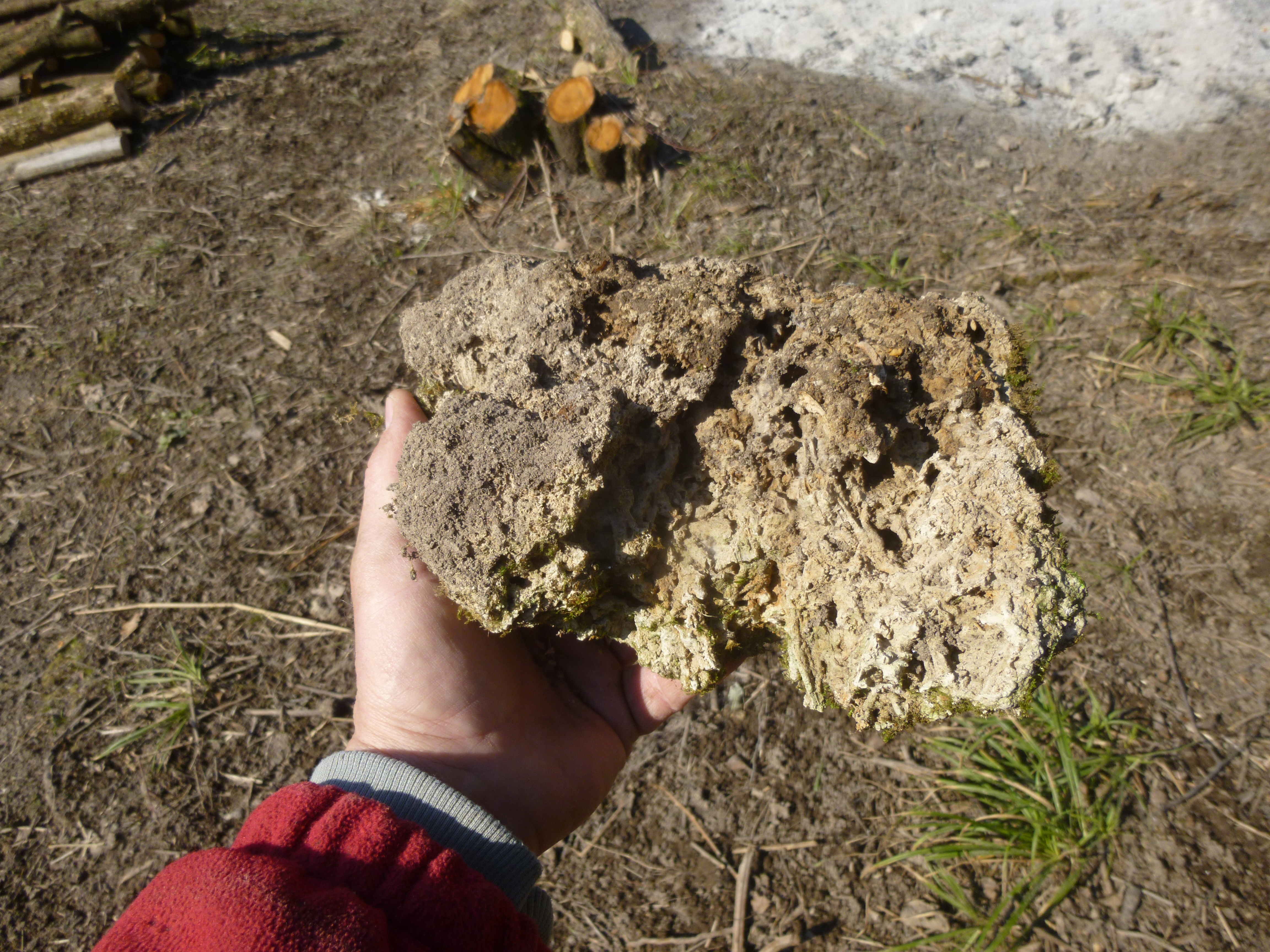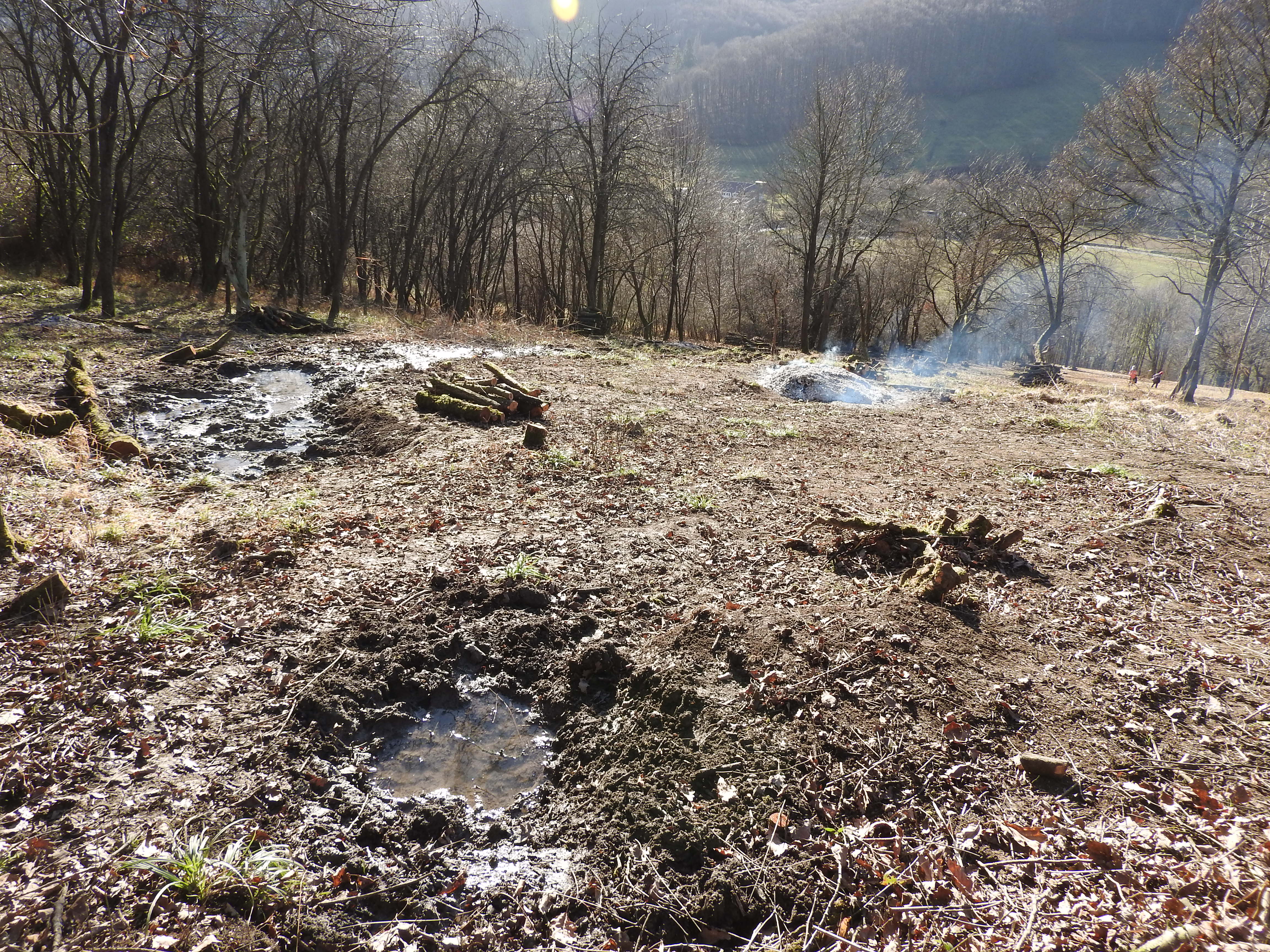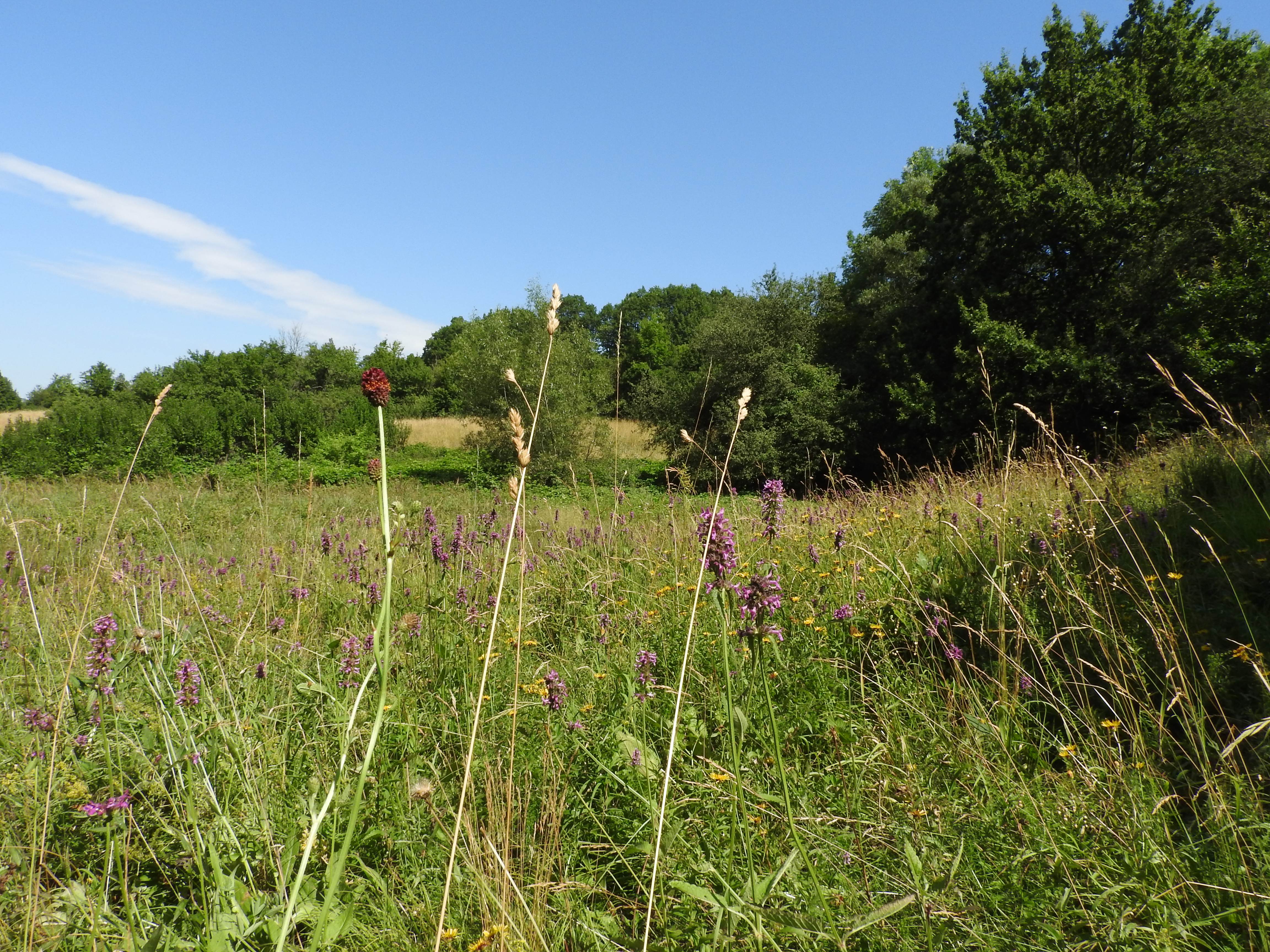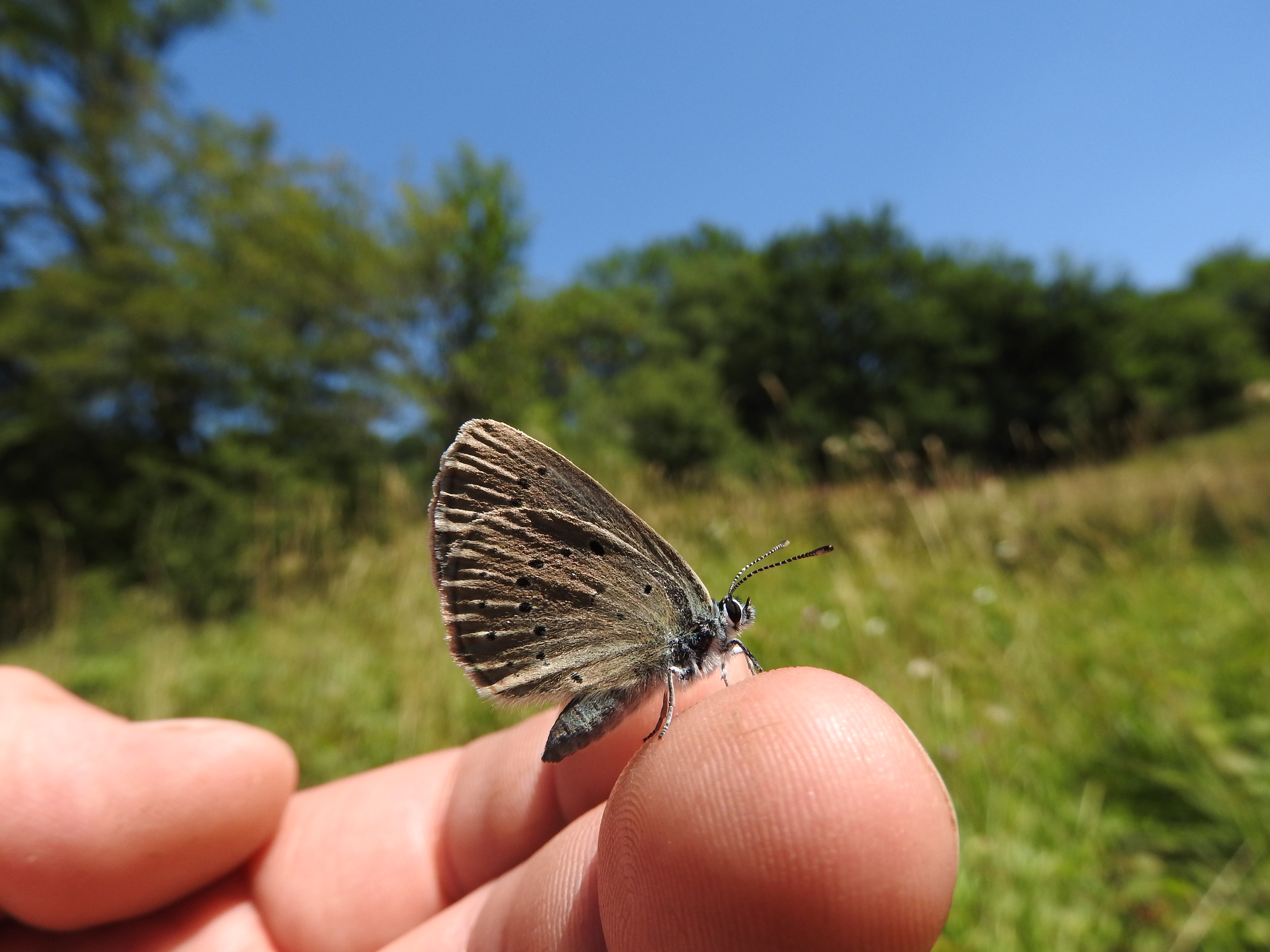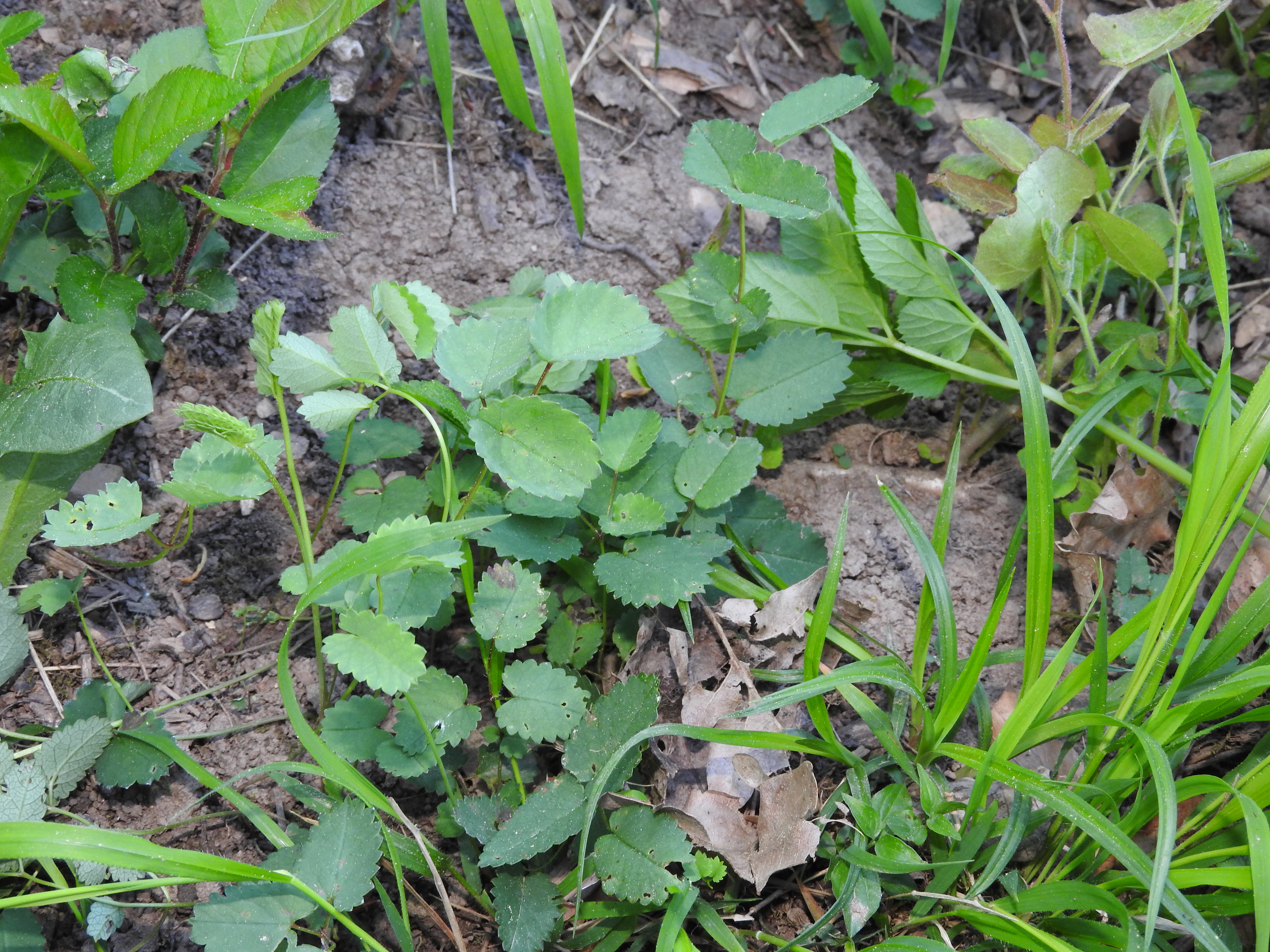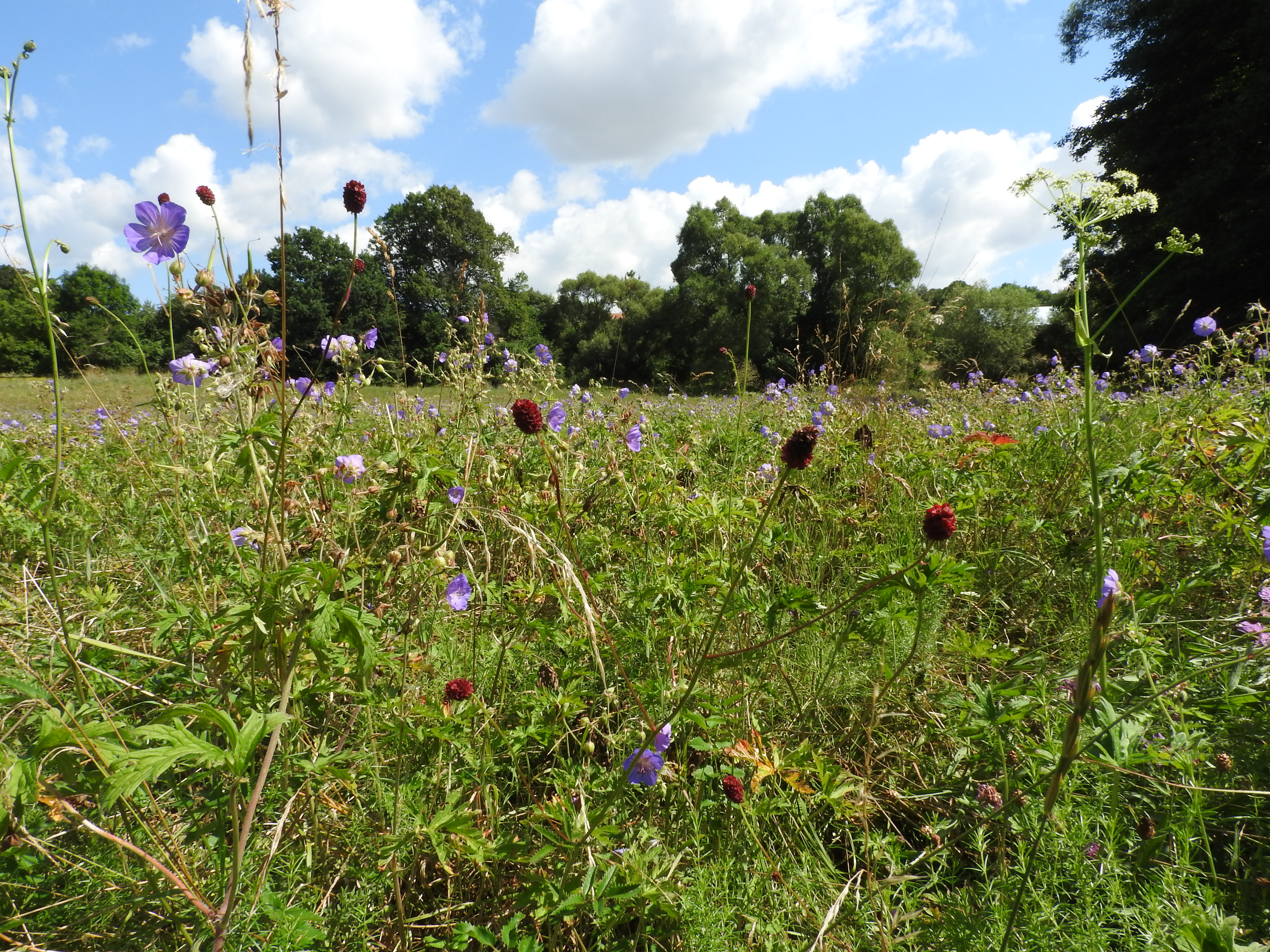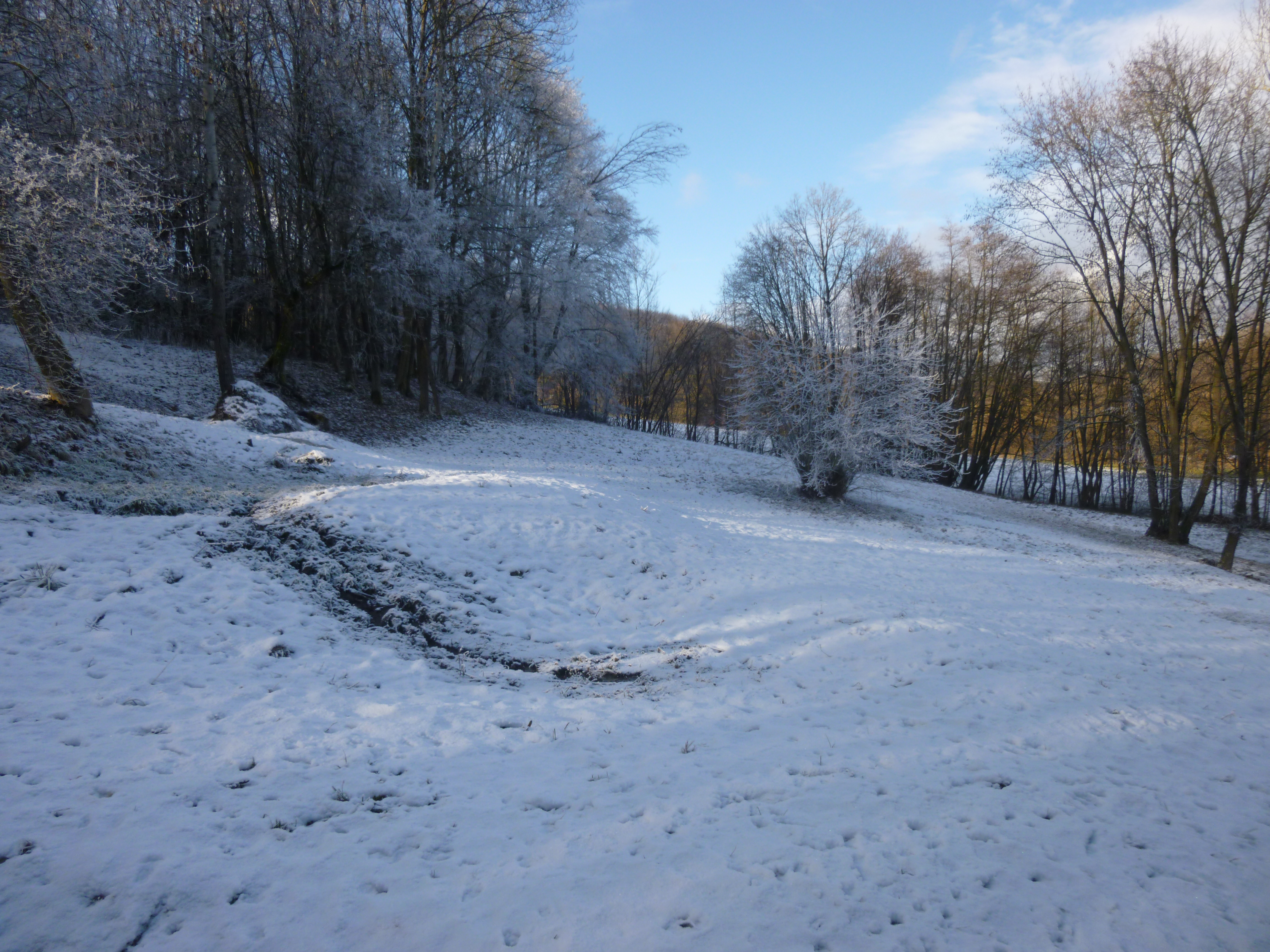Wetlands with an undisturbed water regime play an irreplaceable role in the ecological stability of the landscape. In addition to their ability to effectively retain water in the landscape over the long term, they are also able to host rare and scarce species of animals and plants.

In Slovakia, a locally occurring herb of wetland habitats is the great burnet (Sanguisorba officinalis). The great burnet is at the same time the only host plant of the scarce large blue butterfly (Phengaris teleius) and the dusky large blue butterfly (Phengaris nausithous) – protected species of European importance, also known as butterflies with a unique developmental strategy in symbiosis with ants of the genus Myrmica.
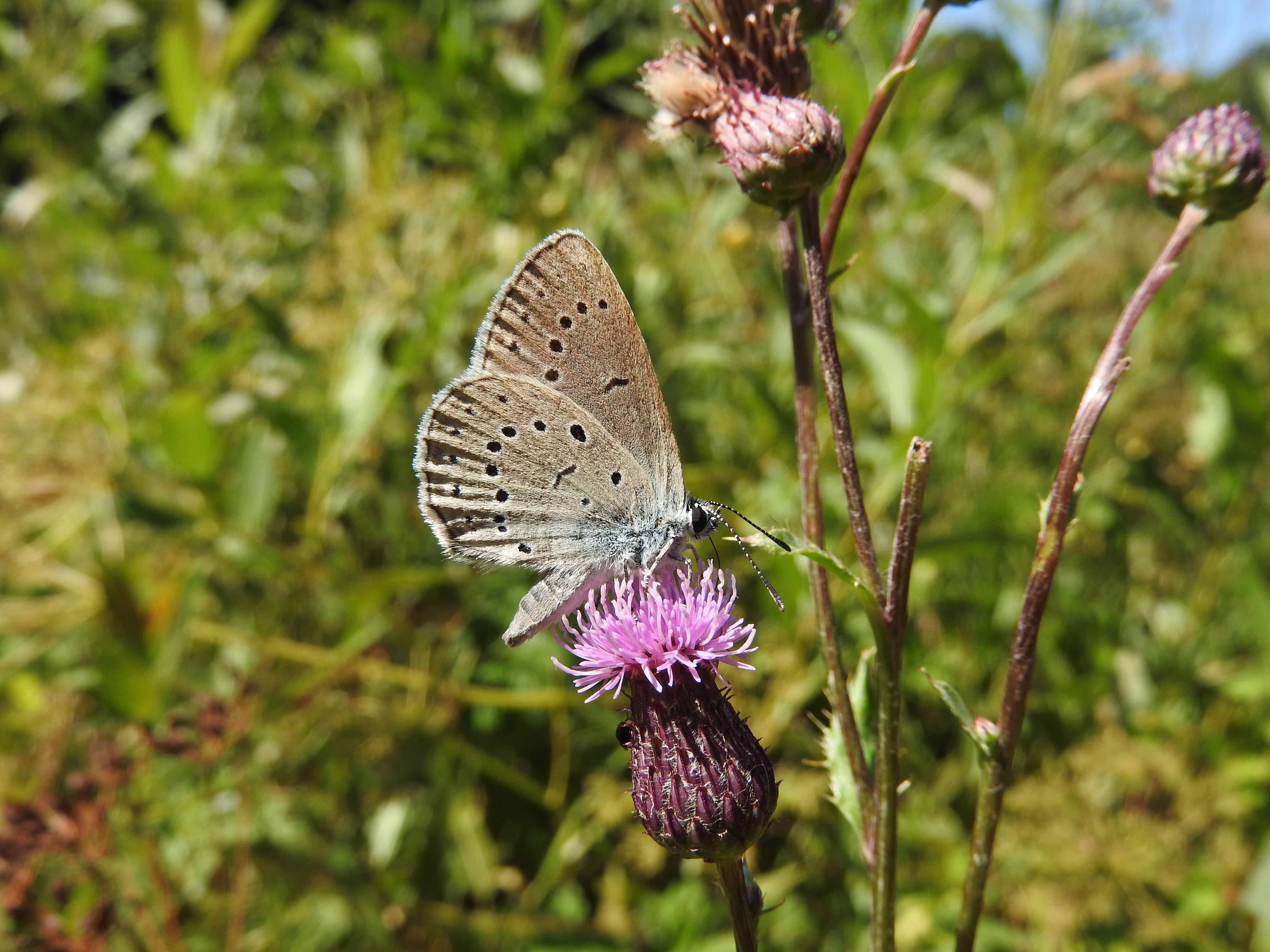
The great burnet is a herb requiring well-preserved herbaceous vegetation on moist, waterlogged soils, unaffected by succession of woody plants. It does not thrive on sites with disturbed water regimes. It reproduces by seeds. If the area is neglected, many small seedlings of the great burnet rot under a thick layer of old biomass in winter. By restoring and then regularly managing the sites, taking into account the requirements of the plant, we are at the same time creating suitable conditions for the occurrence of ecologically demanding butterfly species such as the myrmecophilous bluebirds, which are nutritionally tied to the flowers of the great burnet.





